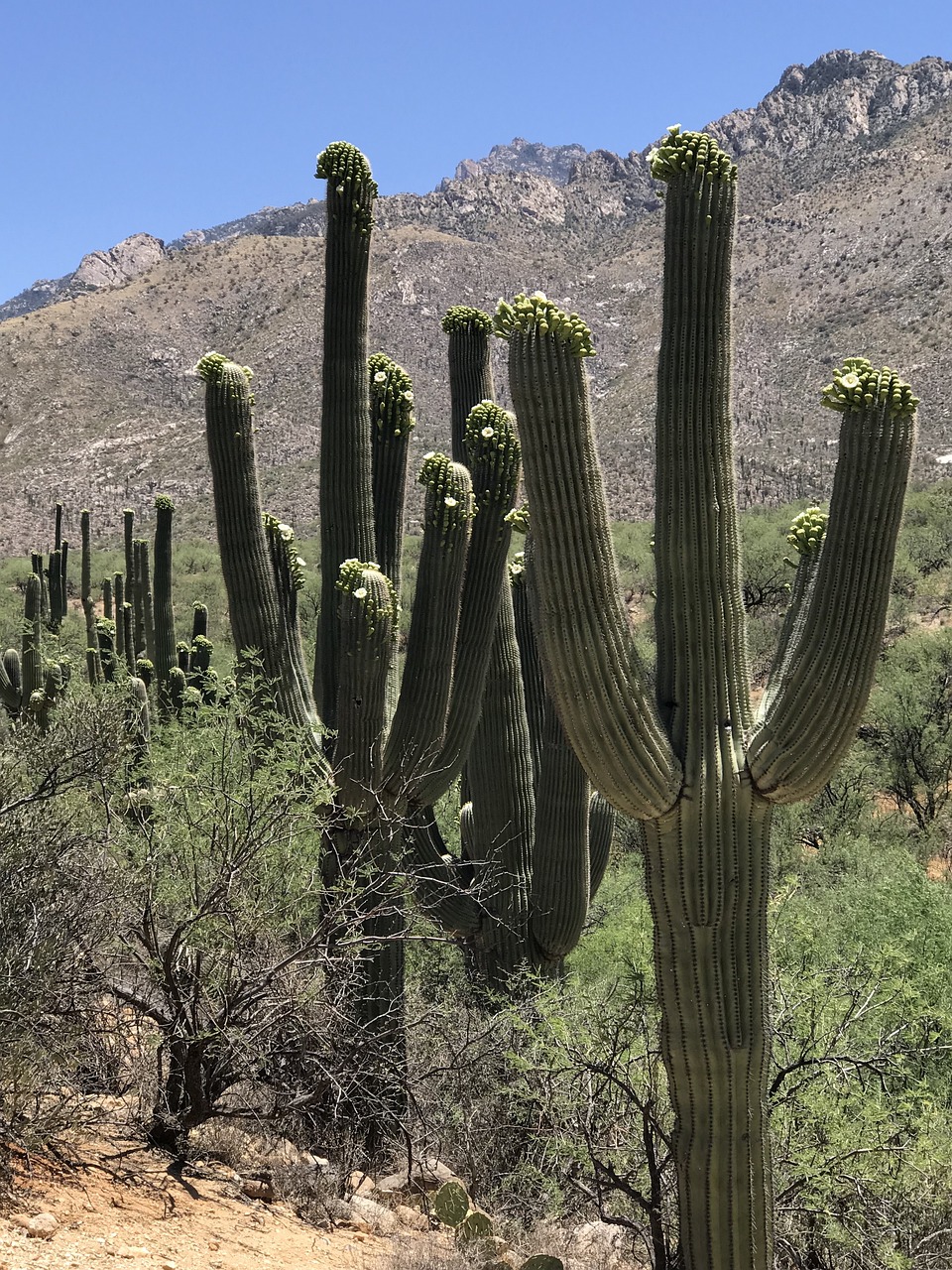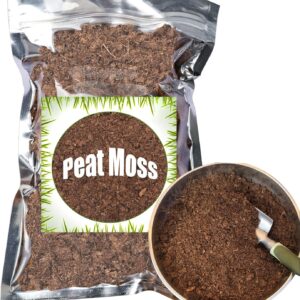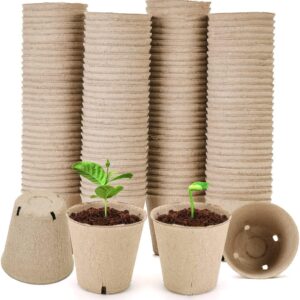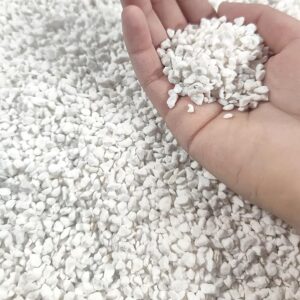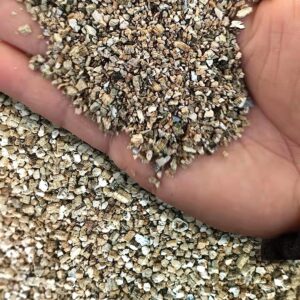Cacti, with their remarkable adaptability and striking forms, dominate arid landscapes worldwide. Among these resilient succulents, some stand out for their towering stature and awe-inspiring presence. In this exploration, we delve into the top 10 largest cacti, examining their natural habitats, growth patterns, seasonal lifecycles, and cultivation requirements for enthusiasts eager to embrace these iconic plants.
1. Saguaro (Carnegiea gigantea):
- Natural Habitat: Sonoran Desert, Arizona, California, and Mexico.
- Growth: Slow-growing, reaching heights of 40 feet (12 meters) or more.
- Climate Zones: USDA zones 9-11.
- Seasonal Lifecycle: Blooms in late spring to early summer, producing white flowers. Bears red fruit in summer.
- Cultivation: Requires well-draining soil, full sun, and minimal water. Slow to grow in cultivation.
2. Organ Pipe Cactus (Stenocereus thurberi):
- Natural Habitat: Sonoran Desert, Mexico, Arizona, and California.
- Growth: Multi-stemmed, up to 23 feet (7 meters) tall.
- Climate Zones: USDA zones 9-11.
- Seasonal Lifecycle: Blooms in late spring to early summer, producing nocturnal, white flowers.
- Cultivation: Well-draining soil, full sun, and periodic watering. Cold-sensitive.
3. Giant Saguaro (Pachycereus pringlei):
- Natural Habitat: Baja California, Sonoran Desert.
- Growth: One of the tallest cacti, reaching 60 feet (18 meters).
- Climate Zones: USDA zones 10-11.
- Seasonal Lifecycle: Blooms in late spring to early summer, producing white flowers.
- Cultivation: Well-draining soil, full sun, and minimal water. Slow-growing.
4. Cardon (Pachycereus pringlei):
- Natural Habitat: Baja California, Sonoran Desert.
- Growth: Similar to the Giant Saguaro, reaching up to 60 feet (18 meters).
- Climate Zones: USDA zones 10-11.
- Seasonal Lifecycle: Blooms in late spring to early summer, with large, white flowers.
- Cultivation: Requires well-draining soil, full sun, and minimal water.
5. Saguaro’s Close Relative (Cereus giganteus):
- Natural Habitat: Arizona, California, Mexico.
- Growth: Tall, columnar cactus, reaching 20 feet (6 meters).
- Climate Zones: USDA zones 9-11.
- Seasonal Lifecycle: Blooms in late spring to early summer, producing white flowers.
- Cultivation: Well-draining soil, full sun, and infrequent watering.
6. Peruvian Apple Cactus (Cereus repandus):
- Natural Habitat: South America.
- Growth: Columnar cactus, reaching 30 feet (9 meters).
- Climate Zones: USDA zones 10-11.
- Seasonal Lifecycle: Blooms at night in summer, with large, white flowers. Produces edible fruits.
- Cultivation: Well-draining soil, full sun, and moderate watering.
7. Queen of the Night (Peniocereus greggii):
- Natural Habitat: Southwest United States, Mexico.
- Growth: Climbing cactus, often found on rocks and trees.
- Climate Zones: USDA zones 9-11.
- Seasonal Lifecycle: Blooms at night, producing fragrant white flowers in late spring to early summer.
- Cultivation: Well-draining soil, full sun, and low water. Suitable for hanging baskets.
8. Argentine Giant (Echinopsis candicans):
- Natural Habitat: Argentina, Uruguay.
- Growth: Large barrel cactus, reaching 10 feet (3 meters).
- Climate Zones: USDA zones 9-11.
- Seasonal Lifecycle: Blooms in spring, with large, white flowers.
- Cultivation: Well-draining soil, full sun, and occasional watering.
9. Totem Pole Cactus (Lophocereus schottii f. monstrosus):
- Natural Habitat: Baja California.
- Growth: Unique, columnar cactus with distorted features.
- Climate Zones: USDA zones 9-11.
- Seasonal Lifecycle: Blooms in late spring, producing white flowers.
- Cultivation: Well-draining soil, full sun, and low water.
10. Golden Barrel Cactus (Echinocactus grusonii):
- Natural Habitat: Mexico.
- Growth: Globular cactus, forming clusters, up to 3 feet (1 meter) tall.
- Climate Zones: USDA zones 9-11.
- Seasonal Lifecycle: Blooms in late spring to early summer, with yellow flowers. Slow to produce fruit.
- Cultivation: Well-draining soil, full sun, and infrequent watering.
Conclusion: The world of cacti is adorned with giants, each contributing to the unique tapestry of arid landscapes. From the iconic Saguaro to the majestic Giant Saguaro, these towering succulents captivate with their resilience and striking beauty. Cultivating these giants demands patience, well-draining soil, ample sunlight, and a deep appreciation for their natural habitats. As enthusiasts embark on the journey of cacti cultivation, they enter a realm where the majesty of nature intertwines with the allure of horticulture, fostering a deeper connection to these remarkable botanical wonders.
-
Organic Coco Coir by Coco Bliss (10 lb block)
-
Organic Sphagnum Peat Moss
-
Peat Pots, 126 Pack, 3.15 Inch Seed Starting Pots
-
PH Up and Down set, 1 qt ea
-
Professional Grade Horticultural Organic Perlite 10 Qt
-
Professional Grade Horticultural Organic Vermiculite 10 Qt
-
VIVOSUN Digital pH and TDS Meter Kit

